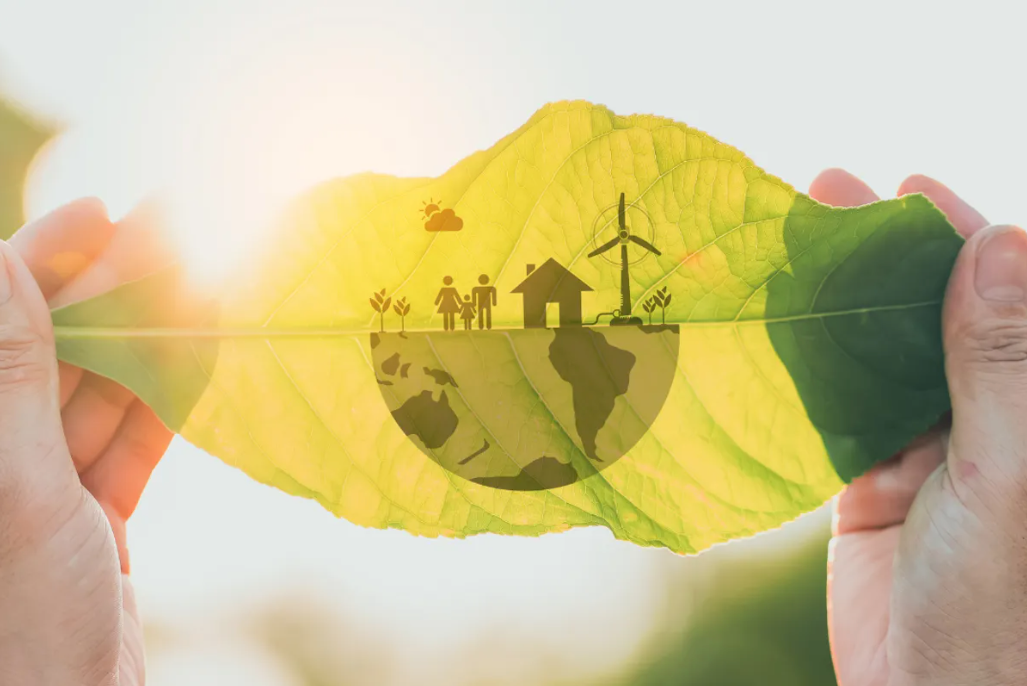GUEST COLUMN
Expert shares 5 key factors for evolving the energy transition in Texas

This expert acknowledges the energy transition is not happening overnight — but it's never too early for Texans looking to get in on the ground floor. Photo via Shutterstock
Humanity faces an inflection point in the coming decade. In order for the world’s population to survive and, ultimately, prosper, especially the population of developing countries such as India, China, and Brazil, significant investment in all forms of energy will be needed. Texas-based energy companies will play a crucial role in developing, advancing and supplying environmentally sensitive forms of energy to meet the world’s insatiable demand.
According to the U.S. Energy Information Administration, global energy consumption is expected to increase by a staggering 50 percent in the next 25 years. Fueled by rapid economic and population growth, this spike in demand is particularly focused within developing Asian countries outside of the Organization for Economic Cooperation and Development (OECD). Taking steps toward energy evolution today is crucial not only for economic progress but also to address the long-term impact of climate change. Research compiled by JLL highlights five key factors to consider.
1. Embracing a gradual evolution
2. Increase in global energy consumption
As non-OECD countries experience periods of economic growth, particularly driven by a growth of the manufacturing sector, these countries’ energy consumption naturally follows suit. Approximately 2.5 billion people live in these regions, which today heavily rely on non-renewable sources to meet basic energy needs.
As OECD countries continue to introduce sustainable technologies like battery power and other alternatives at scale, a transfer of more efficient and eco-friendly sources and technologies to developing communities must occur to reduce the world’s overall carbon footprint.
3. Surging investment in global energy transition
Investments in the global energy transition surpassed $1 trillion in 2022 – a stunning year-over-year increase of 31 percent. These investments are propelling innovative, sustainable solutions and driving the research and development necessary for a more environmentally conscious energy landscape.
4. Diversification and revised renewables forecast
Countries are actively diversifying their energy generation away from natural gas, specifically as a response to the energy crisis sparked by Russia's invasion of Ukraine. This push towards sustainable alternatives has received further validation with the International Energy Agency (IEA) recently revising its five-year renewables forecast, emphasizing a significant 28.4 percent increase. This revision serves as a testament to the increasing significance of sustainable energy sources in ensuring a resilient energy future.
5. United States energy production
Even with the implementation of the Inflation Reduction Act of 2022 (IRA), the United States will maintain its production and export of oil, natural gas, and derivatives. While recognizing the continued role of these traditional energy sources in meeting global energy demands, the United States also acknowledges the imperative of transitioning towards sustainable energy sources. Encouraging companies to embrace alternative energy solutions in line with this transition is now big business, as significant incentives are being provided at federal and state levels.
And what about here in Texas?
In this critical era of global energy evolution, Texas has the opportunity to take center stage, holding the keys not only to its own future but also to those far beyond the state’s borders. With abundant wind power production, vast solar energy potential, a favorable regulatory environment, and attractive tax incentives, Texas is well positioned to be a leader in innovation, research, and production of alternative energy sources. Combined with the presence of many of the country’s leading energy companies, Texas must be a powerhouse for driving a sustainable energy transition on a large scale.
Transforming the global energy landscape will not be accomplished overnight. It requires the collective efforts of governments, industries, companies, and individuals working together towards a common goal. Texas and Texans can serve as a beacon of inspiration, leading the charge in alternative energy adoption and investing today in the next century of energy production and consumption. Ultimately, our example should be one the world can follow.
------
Louis Rosenthal is executive managing director at JLL and the global leader of the company's energy and renewables practice group.